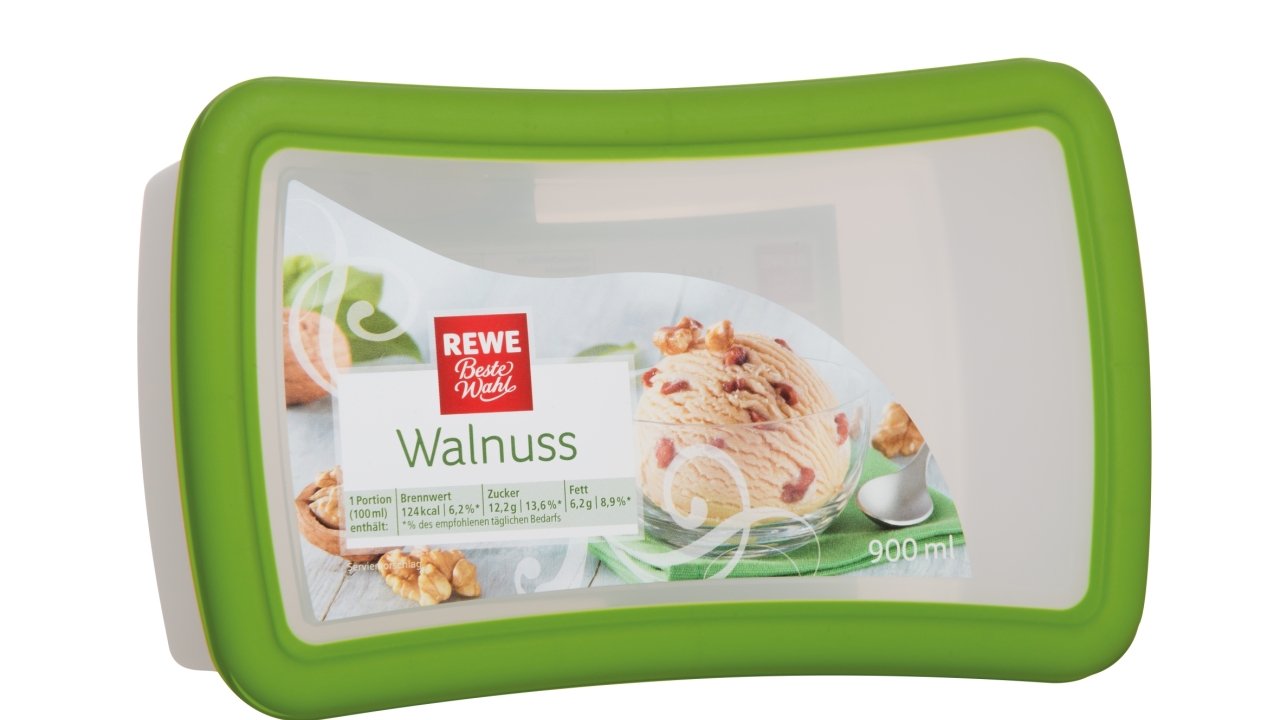The growth market of in-mold labels

The advantages of the IML decoration process include its ‘green’ credentials for many buyers, varied surface finishing options and low production costs and times given an appropriate run length.
These benefits stem from the fact that with the in-mold labeling process, packaging is produced and the label applied in a single step.
‘We’ve been working with in-mold labeling technology since 2005 to produce high-quality packaging for perishable moist foods such as meats and dairy products,’ says Andreas Rothschink, sales director at Weidenhammer Plastic Packaging. ‘The main advantage is that the packaging is produced and decorated in a single operation. The label processed in parallel using injection molding is preferably made from the same plastic as the container. This is also an advantage when it comes to recycling, because no material separation is necessary.’
Stay up to date
Subscribe to the free Label News newsletter and receive the latest content every week. We'll never share your email address.


